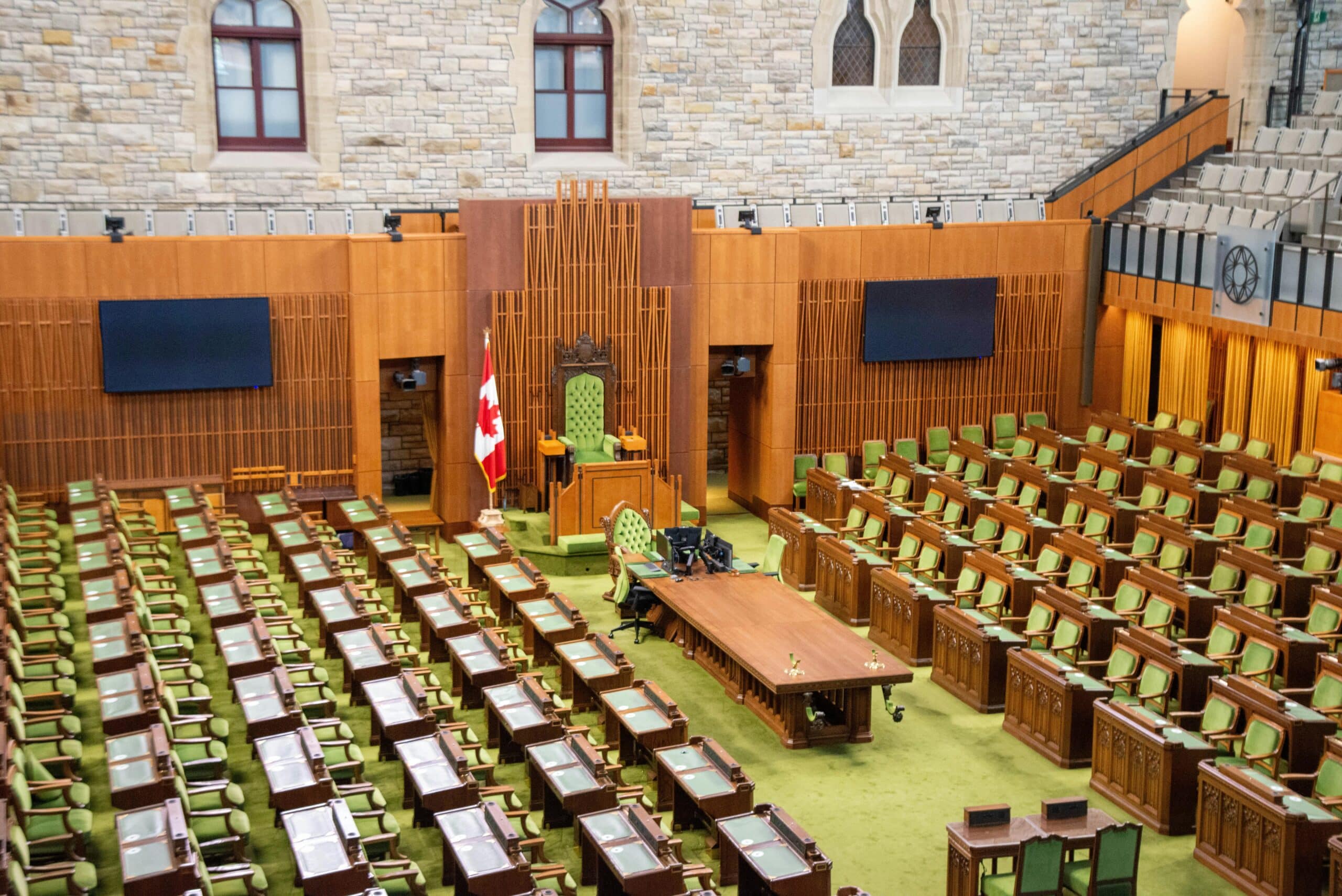When someone leaves you a property after death, it’s a mix of emotions: grief, memorial of the loss, and maybe concern about possible tax implications. In Canada, there’s no inheritance tax per se, but there’s something called a “deemed disposition” that can trigger capital gains tax. Here’s how to navigate it with care and clarity as well as exploring various options for you to preserve the value of that inheritance.
When a property owner passes away, the Canada Revenue Agency treats their assets, including real estate, as if sold at fair market value on the date of death. That’s called a deemed disposition, and any resulting capital gain is calculated in the estate of the deceased, not at the hand of the beneficiary.
Once that’s settled, your cost base is “stepped up” to that fair market value at the date of death. That means you won’t owe any capital gains tax just through inheriting the property. You’ll only face it when you sell it later for more than what the property was worth when you received it. ²
Now, here’s how to keep that tax burden as light as possible or even zero:
- Principal Residence Exemption
If the inherited property is the principal residence of the deceased for all the years they owned it, the exemption could eliminate or drastically reduce tax on the deemed disposition. The estate can claim it on the deceased’s final return. ³
Just a heads-up: only one home can be designated as a principal residence per year for a whole family unit. Even if it’s a cottage or land which is less than 0.5 hectare, it can qualify such exemption – if it’s properly designated using Form T2091 (IND) and reported on Schedule 3.⁴ - Rollovers To a Spouse or Common-Law Partner
If the property passes directly to a surviving spouse or common-law partner, the CRA allows a tax-deferred rollover as if the inherited property is sold to the surviving partner at its adjusted cost base on the date of death. That means the deemed disposition and any capital gain are postponed until the surviving partner sells it or passes away. - Qualified Farm or Fishing Property Election
If the property qualifies, you can elect to defer capital gains by choosing a deemed disposition value anywhere between cost base and fair market value. That shifts the taxable event to a future sale rather than at death, easing liquidity concerns. ⁶ - Hold It, Rent It, Document Carefully
If you decide to keep the property and maybe even rent it out, that’s okay. You’ll eventually pay tax only when you decide to sell. Every improvement made to increase the value of the property or enhance the features of the property (with receipts to prove it) will be added to your adjusted cost base, which will reduce how much gain you’re eventually taxed on.⁷
To put it plainly: you’re not automatically subject to tax at inheritance. Thoughtful planning and documentation let you make smart decisions over time.
Talk about turning an inheritance into a well-planned legacy: let’s imagine Sarah inherits her grandfather’s family home –, a place filled with memories. The estate files her final return, and because the house was her principal residence, the principal residence exemption is claimed. Sarah gets the house at its stepped-up value, choosing to hold onto it for a few years rather than selling it immediately. This gives her time to figure out whether to live in it, rent it, or pass it to someone else without triggering immediate tax. If she renovates the bathroom to better its quality and/or durability, the cost will be added to her adjusted cost base – which will reduce her capital gain taxes when she eventually disposes of the property.
If you, your clients or loved ones are in need of making thorough planning like this, Zeifmans can guide them through the decision-making process ensuring the most optimal steps are taken for both the deceased and the beneficiaries. That way, the inherited property can stay meaningful, not burdensome.
Resources:
¹ “Deemed disposition” and estate’s responsibility for capital gains in the final return – Canada Revenue Agency, “Taxable capital gains on property, investments …” https://www.canada.ca/en/revenue-agency/services/tax/individuals/life-events/doing-taxes-someone-died/prepare-returns/report-income/capital-gains.html
² Inherited cost base equals the deceased’s deemed proceeds (typically FMV) – Canada Revenue Agency, “Property you inherit or receive as a gift” https://www.canada.ca/en/revenue-agency/services/tax/individuals/topics/about-your-tax-return/tax-return/completing-a-tax-return/personal-income/line-12700-capital-gains/shares-funds-other-units/identical-properties/property-you-inherit-receive-a-gift.html
³ Principal residence exemption on deemed disposition – BMO, “A Guide to the Principal Residence Exemption” https://privatewealth-insights.bmo.com/en/insights/wealth-planning-and-strategy/guide-principal-residence-exemption/
⁴ Eligibility and application of principal residence exemption, including Form T2091 and Schedule 3 – Investopedia, “Principal Private Residence (Canada) Requirements” https://www.investopedia.com/terms/p/principal-private-residence-canada.asp
⁵ Spousal rollover defers deemed disposition until sale or death of surviving spouse – Canada Revenue Agency, “Taxable capital gains on property…” (spousal section) same URL as in footnote ¹
⁶ Farm/fishing property election to defer capital gains – Canada Revenue Agency, “Prepare returns… farm fishing” https://www.canada.ca/en/revenue-agency/services/tax/individuals/life-events/doing-taxes-someone-died/prepare-returns/report-income/farm-fishing.html
⁷ Capital improvements can increase adjusted cost base – Canada Revenue Agency, “Taxable capital gains on property…” (explaining ACB components) same URL as in footnote ¹



